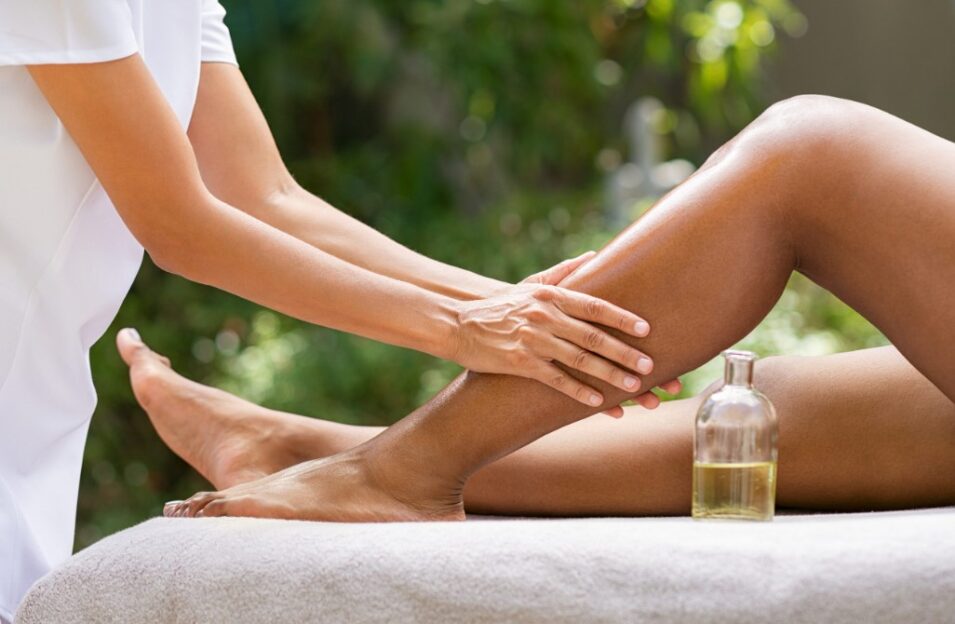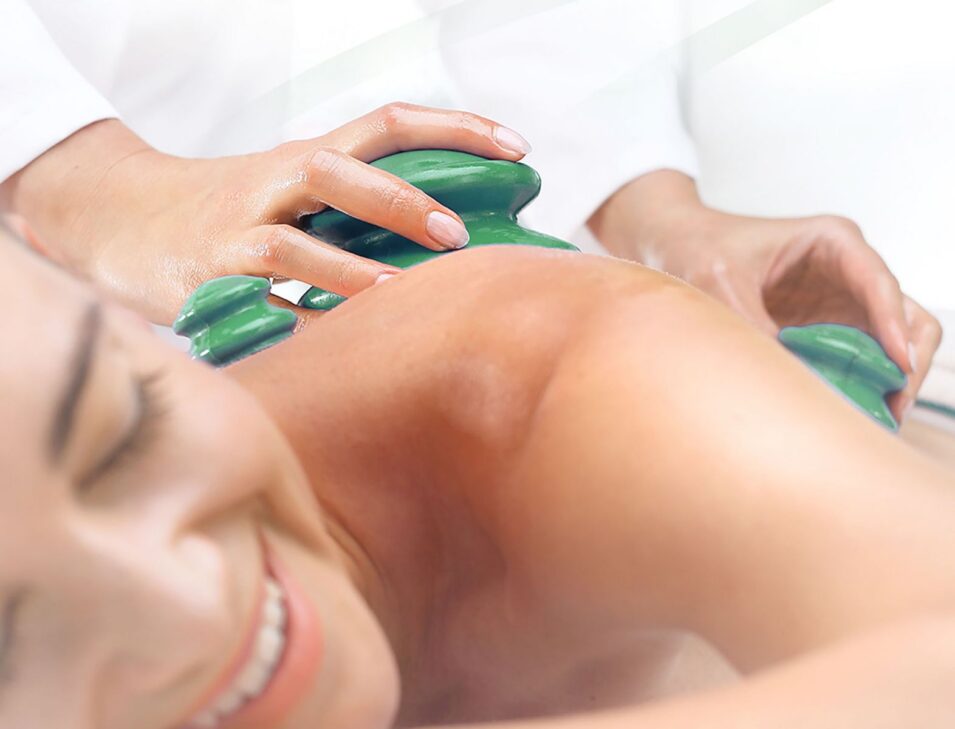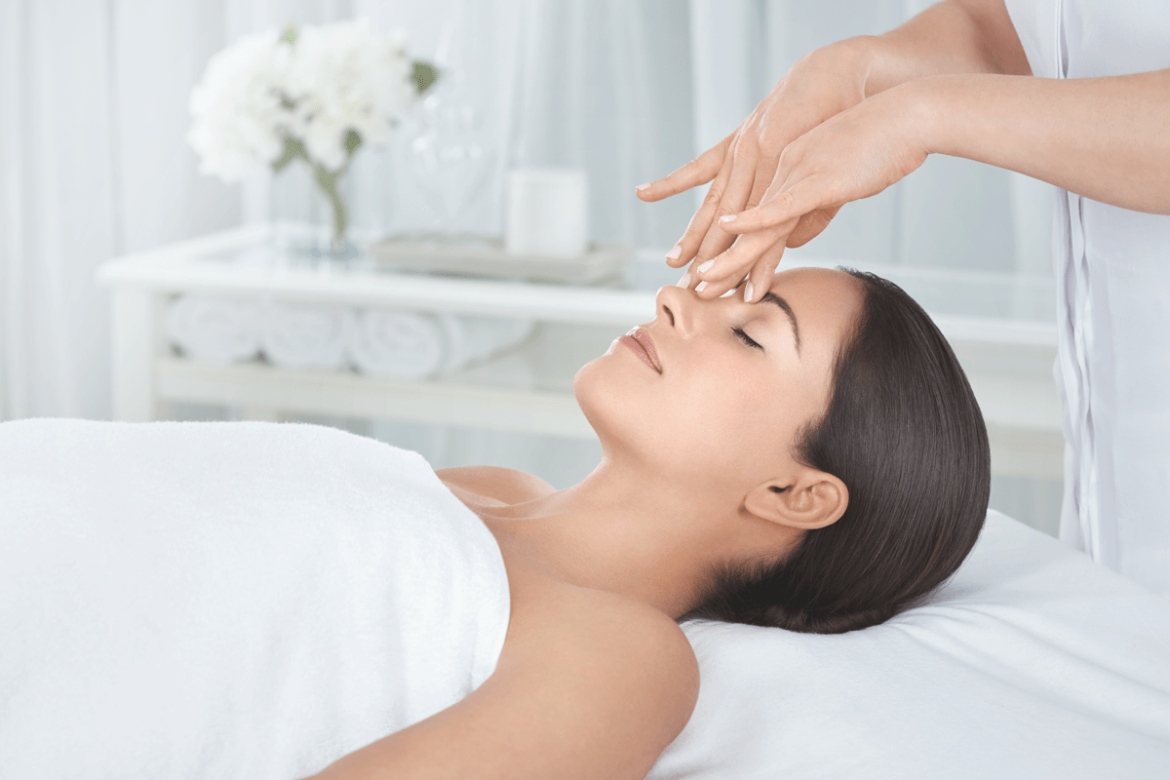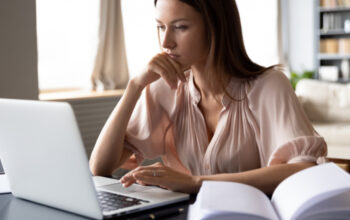Giving the perfect massage requires a blend of technique, intuition, and understanding of the recipient’s needs. Whether you’re a professional therapist or someone looking to offer relaxation to a friend or loved one, mastering the art of therapy can provide significant physical and mental benefits.
A well-executed massage can relieve muscle tension, reduce stress, and promote a sense of well-being, making it an invaluable skill to learn. Here are some essential tips and techniques to help you give the perfect therapy, ensuring a soothing and rejuvenating experience for the recipient.
Start by Creating the Right Space
Before beginning any massage, it’s crucial to create an environment conducive to relaxation and comfort. A calm, serene setting enhances the experience, allowing the recipient to fully unwind. Start by selecting a quiet space free from distractions and noise. Dim the lights or use soft lighting to create a peaceful ambiance, and consider adding soothing background music to set the tone.
Temperature is another important factor; the room should be warm enough for the recipient to feel comfortable without needing additional blankets. Using a table or a comfortable, supportive surface is ideal, as it provides the right level of support and access for the therapist. Additionally, ensure the recipient has privacy, as this helps them feel secure and relaxed.
Choose the Right Things That Will Help You Elevate the Experience
The choice of oils and lotions can significantly impact the experience. High-quality oils and lotions reduce friction, allowing your hands to glide smoothly over the skin, while also nourishing and hydrating the skin. Consider using natural, hypoallergenic products to avoid irritation, especially for individuals with sensitive skin. Sometimes the ointments we use can cause issues, and as you can see on Makangs, when you choose massages like Gyeongju massage (경주마사지), you can get a professional experience without any of the risks.
Different oils can enhance the therapy through aromatherapy. For relaxation, lavender or chamomile oils are popular choices due to their calming properties. For a more invigorating experience, oils like peppermint or eucalyptus can provide a refreshing sensation. Warm the oil in your hands before application to enhance the recipient’s comfort and relaxation.

How to Master Basic Techniques?
Understanding and mastering basic techniques is essential for delivering an effective and enjoyable therapy. Here are some foundational techniques to consider:
- Effleurage ─ This technique involves long, gliding strokes along the muscles, typically used at the beginning and end of a therapy. Effleurage helps spread the oil, warm up the muscles, and promote relaxation. Use light to medium pressure, adjusting based on the recipient’s preferences.
- Petrissage ─ Petrissage involves kneading and lifting the muscles to release tension and improve circulation. This technique is excellent for targeting areas of muscle stiffness and soreness. Use your palms, fingers, and thumbs to apply deeper pressure to the muscles.
- Tapotement ─ Tapotement consists of rhythmic tapping or percussion movements, such as hacking or cupping, to stimulate the muscles and energize the body. This technique is often used toward the end of therapy to invigorate the recipient.
Understand What the Other Person Needs
Communication is key to delivering a personalized and effective session. Before starting the therapy, discuss any specific areas of tension, pain, or discomfort with the recipient. Ask about their preferred pressure level and any previous experiences with this therapy. This dialogue ensures that the massage is tailored to the individual’s needs and preferences, enhancing its effectiveness.
Throughout the therapy, pay attention to verbal and non-verbal cues from the recipient. Adjust the pressure, technique, or focus as needed based on their feedback. Remember that each person is unique, and what feels good to one person may not be suitable for another.
Make Sure You Understand How to Position Yourself During the Massage
For the therapist, maintaining proper body mechanics is crucial to delivering effective therapy without causing strain or injury. Stand with your feet shoulder-width apart and use your body weight rather than just your hands to apply pressure. Keep your back straight and avoid overextending your wrists to reduce the risk of injury.
Use your core muscles to provide stability and control, allowing you to work efficiently and effectively. By maintaining good posture and using the right techniques, you can ensure that both you and the recipient benefit from the experience.

Incorporate Movements and Stretching
Incorporating stretching and movement into a massage can enhance relaxation and flexibility. Gentle passive stretches help release tension and improve the range of motion in muscles and joints. When applying stretches, communicate with the recipient to ensure they are comfortable and not experiencing any pain.
Integrating movement, such as rocking or gentle joint mobilization, can also promote relaxation and reduce stress. These techniques encourage the body to release tension and allow the recipient to fully relax during the session.
Always Pay Attention to the Smallest Details
The details can make all the difference in providing a memorable experience. Pay attention to the small touches that contribute to the overall ambiance, such as using warm towels to relax muscles or applying a hot compress to areas of tension. Adjusting the rhythm and flow based on the recipient’s breathing can create a more harmonious and synchronized experience.
Consider ending the massage with a gentle scalp or foot rub, as these areas often hold a lot of tension. These final touches leave the recipient feeling completely relaxed and rejuvenated.

Conversation After the Massage is a Must
Aftercare is an important aspect of the therapy process. Encourage the recipient to drink plenty of water following the session to help flush out toxins and prevent dehydration. Hydration supports the body’s natural healing processes and enhances the benefits of the massage.
Discuss any observations or recommendations with the recipient, such as specific areas of tension that may need ongoing attention or stretches and exercises they can incorporate into their daily routine. This follow-up reinforces the therapeutic benefits of the therapy and supports the recipient’s overall well-being.
Giving the perfect massage requires a blend of skill, empathy, and attention to detail. By creating a calming environment, mastering essential techniques, and understanding the recipient’s needs, you can provide a therapy that promotes relaxation, reduces stress, and enhances overall well-being.
Whether you’re a professional therapist or offering a massage to a friend or loved one, these tips and techniques ensure a soothing and rewarding experience for both the giver and the recipient. Through mindful practice and thoughtful application, you can harness the power of touch to bring comfort and healing to those in need.










